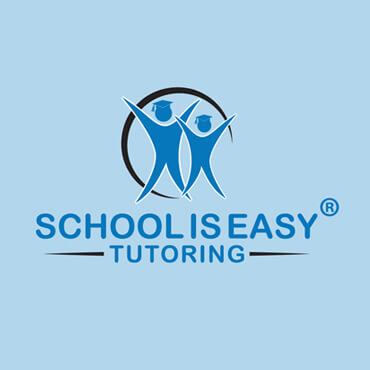Social media is an increasingly prevalent part of modern society, especially for kids and teens. In most schools, phones and mobile devices have been banned from being used during the school day, and social media websites like Twitter and Facebook have been blocked on school computers. However, a new question has emerged: should social media be allowed in school? Some schools are beginning to take a different approach by introducing social media into the educational system itself. Here are some pros and cons of social media in the classroom and how it is being used for educational purposes.
5 Pros of Using Social Media in the Classroom
1. Social media sites can increase student collaboration
Social media sites provide an avenue for students to easily contact one another regarding school projects, group assignments or for help on homework assignments.
2. Using social media in the classroom can encourage more participation
Students who do not participate regularly in class may feel they can express their thoughts through social media. Although this should not completely replace in class participation it can help build the students’ confidence and encourage them to find their voice and be able to participate in class.
3. Social media sites can be useful for homework help
When students have questions about a class assignment they can easily post a message asking if anyone can help. They can also write a specific question to the teacher on a wall that other students can see. This allows the whole class to have access to the feedback from the teacher.
4. Share resources quickly when using social media in the classroom
If the teacher needs to direct students to a particular online resource they can easily share the site through social media sites like twitter. If the teacher wants the class to visit a particular site all they have to do is tweet the website and the entire class can view it with one click.
5. Social media helps keep parents, teachers and students all on the same page
It is very useful for teachers to be able to post on social media sites about class activities, homework assignments and even school events This helps the teachers, parents and students all stay on the same page about what is going on at school. Sites like Facebook also allow teachers to easily communicate through private messages to parents and students without having to leave phone messages and wait for a call back.
5 Cons of Having Social Media in the Classroom
1. Social media can be a distraction in class
The first concern that comes to mind when using social media in the classroom is how it will be a major distraction to the students during lessons. Students could easily be sidetracked from an assignment and it could be difficult for teachers to tell who is paying attention or not.
2. Improper use of social media in the classroom
Students might take advantage of being able to access social media in the classroom and use it for personal interactions instead of for school related activities. If students are not closely monitored it will be hard to know how if they are using social media properly during class time.
3. Using social media in the classroom can detract from human interaction
If students are motivated to engage in class discussions via social media platforms, it may affect their aptitude for face-to-face interactions. In this technologically advanced era, it is essential for students to develop the skill of having conversations with individuals, despite the prevalent use of modern technology. This highlights one of the disadvantages of social media in education, as it potentially hampers students’ ability to navigate real-life interpersonal communication.
4. Cyber bullying on social media websites
Some students have experienced cyber bullying through social media websites. If social media is allowed in schools this could increase cyber bullying where students write hurtful messages targeting other students.
5. Posting inappropriate content on social media websites
One of the reasons social media sites are prohibited in schools is due to the inherent challenge in monitoring students’ activities on these platforms. Students might post inappropriate content, including pornography or offensive language, which can be both disruptive and harmful to their peers. Such content poses significant challenges in monitoring and can have distracting and damaging effects on students’ learning experiences. This highlights some of the disadvantages of social media in education.
So, Should Schools Use Social Media?
The integration of social media into the classroom prompts us to consider both its benefits and drawbacks. This raises a significant question: “Should social media be allowed in schools?”
While there are valid concerns about potential disadvantages, educators are exploring innovative ways to leverage social media for educational purposes while ensuring a safe and productive learning environment. This debate centers around the role of social media in education, its value as a learning tool, and how to mitigate associated risks.





